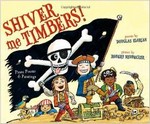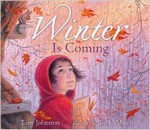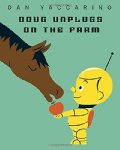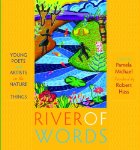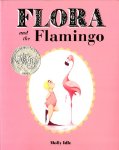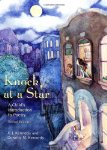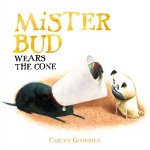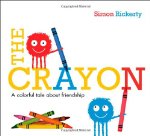Many years ago I visited a friend who was living in Nairobi with her husband and two little sons. One of the boys kept on calling out "Digga!" when we drove around town, pointing at the vehicles that were hard at work on road construction projects. As far as he was concerned the diggers, dumper trucks, and other machines he saw were the bees knees. He would have loved today's poetry title.
Digger Dozer Dumper
Illustrated by David Slonim
Picture Book
For ages 5 to 7
Candlewick Press, 2013, 978-0-7636-5078-0
There is something about trucks, diggers, cement mixers,
and other big vehicles that young children find irresistible. They love the
loud engine noises these machines make and will watch them at work for hours on
end. In this book children will meet eighteen of these wonderful machines and
they can figure out which of the machines is most like them. Are they “slow and
steady” or “really strong?”
The first
machine that sweeps across the page is…you guessed it, the street sweeper.
Though this machine is perhaps not very glamorous, it is vital to getting rid
of all the things that make the streets in a busy town or city dirty or messy.
The street sweeper’s “steely whiskers whisper / as they gather dust and dirt,”
and the sweeper is “quiet and determined” not to “miss a spot.”
After getting to
know a garbage truck who “adores his work,” we meet a dump truck and a backhoe.
These hard working machines are vital to the success of a project that requires
the removal and placement of earth, rock and other materials. The dump truck is
“precise” and does not dump his load “just anywhere.” The backhoe is amazing
because it is two machines in one. Its “front end pushes dirt and rocks; / his
back end digs out muck.”
Unlike the dump
truck and backhoe, the skid-steer loader does not have a steering wheel.
Instead, it has two levers and being small it can zip and turn almost on the
spot. It can drill, push, lift, and dump.
As they read the
delightful poems in this book, children are going to enjoy looking at the artwork.
The vehicles described in the poems all have large eyes and very definite
personalities, and the people and dog that we meet on the first introductory
spread appear in all pictures thereafter. Children will enjoy seeing where the
dog will turn up next. Will the girl with the black curly hair be driving the
next vehicle or will the boy with the glasses? The clever ending perfectly
wraps up the narrative, giving children something to think about.



